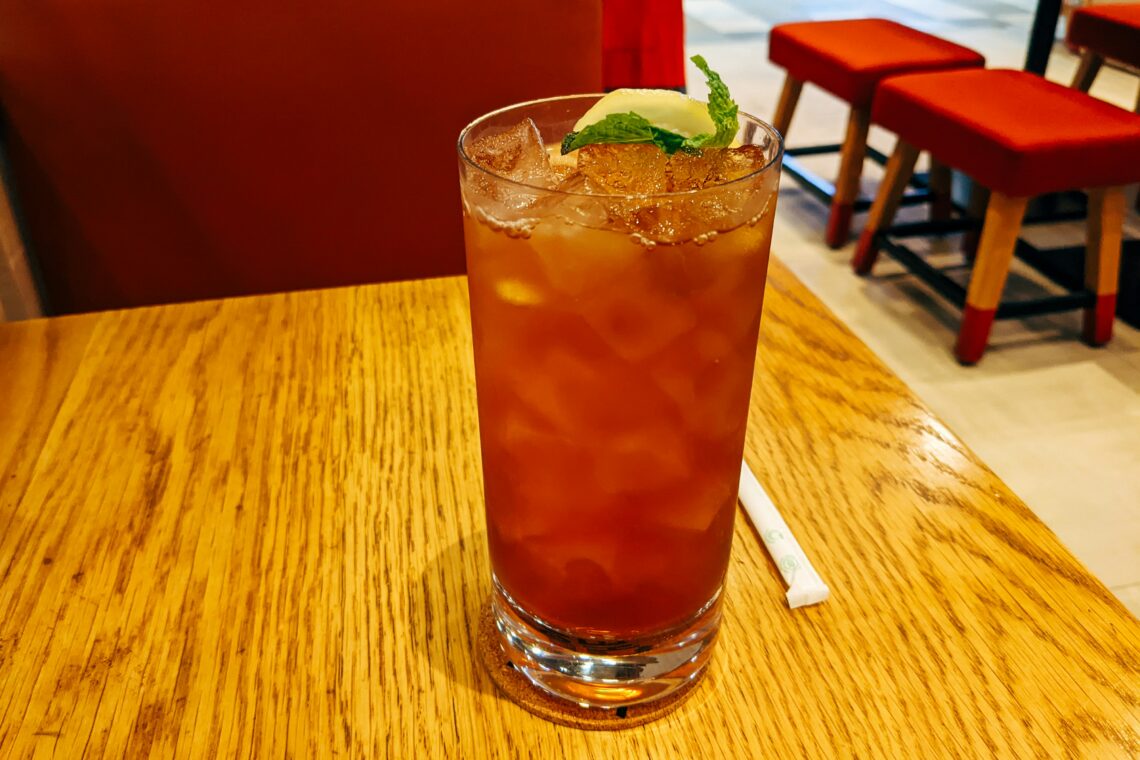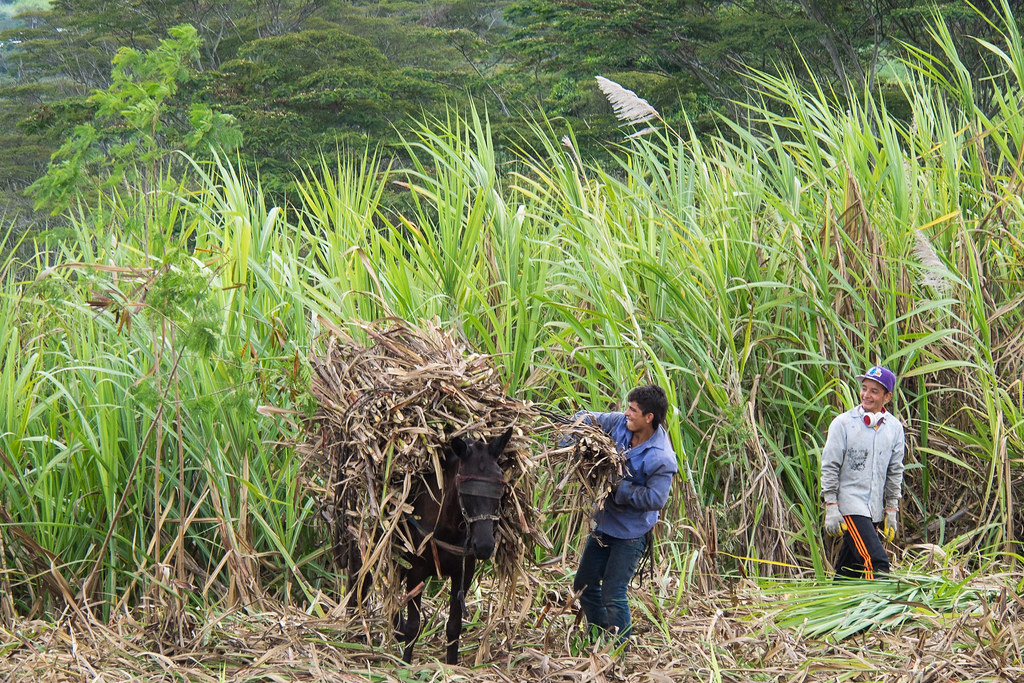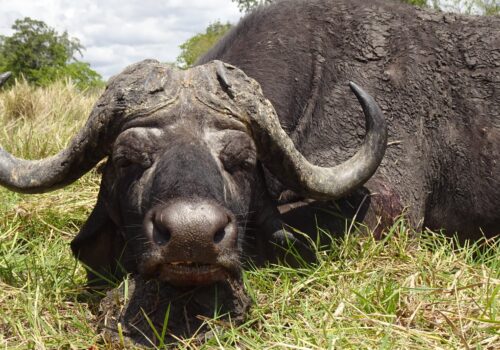
The Art of Southern Refreshment
By Robbie Perdue
In the sultry southern states, where the heat seems relentless, there is one beverage that has become an iconic symbol of respite and hospitality – sweet tea. This simple, yet refreshing concoction has been a beloved part of southern culture for generations. From sipping it on a porch swing to enjoying it at family BBQs, sweet tea holds a special place in the hearts of those who call the South home. In this article, we will explore the roots, recipe variations, and cultural significance of sweet tea, uncovering the secrets that make it an art form in itself.
It is difficult to pinpoint the exact origins of sweet tea, as it has become so deeply ingrained in southern culture over the years. However, historians speculate that sweet tea first originated in the early 19th century when tea became more accessible to the American colonies. British colonization and the influence of enslaved Africans likely played a significant role in introducing tea to the South. As sugar became more affordable, it was added to tea to create a refreshing and sweet beverage that could battle the oppressive heat.


The recipe for sweet tea is deceptively simple, yet mastering the perfect ratio of tea, sugar, and water is crucial. Traditionally, black tea leaves are steeped in boiling water until a dark, robust flavor is achieved. A generous amount of granulated sugar is added, stirring until dissolved. Finally, the mixture is cooled and served over ice, often with a sprig of fresh mint or a slice of lemon to enhance the flavor. However, slight variations in the recipe can be found across the South, reflecting each family’s unique preferences. Some prefer a lighter brew, while others opt for a stronger, more potent flavor. Sweet tea is more than just a beverage; it is a lifestyle.
In the South, sweet tea is not just a year-round beverage; it is a marker of the changing seasons. As spring arrives and the temperatures start to rise, the first batch of sweet tea is made, signaling the unofficial start of sweet tea season. It becomes a staple at outdoor gatherings, picnics, and barbecues throughout the summer, providing a refreshing respite from the scorching heat. In the fall, as the leaves change colors and the air becomes crisp, sweet tea transitions to richer flavors, often spiced with cinnamon or ginger. Finally, in the winter, sweet tea is replaced by warm, comforting drinks like hot cocoa or spiced apple cider, only to be eagerly anticipated again come spring.

In the South, offering a glass of sweet tea to guests is an essential act of hospitality. It is a gesture that extends warmth, kindness, and a sense of belonging. When someone enters a Southern home, they can expect to be greeted with a cheerful, “Would you like some sweet tea?” This offering goes beyond quenching thirst; it is a way of saying, “Welcome, make yourself at home, and let us take care of you.” Sweet tea becomes a vessel for connection, fostering conversations, laughter, and shared memories among friends and family.
Sweet tea is more than a drink; it is a cultural phenomenon deeply rooted in southern heritage. Its humble roots and simple recipe belie the profound impact it has on the lives of those who partake. From the first sip, sweet tea evokes a sense of comfort, community, and the unyielding spirit of the South. So, the next time you find yourself in the sultry southern states, take a moment to savor a glass of sweet tea and become a part of a timeless tradition that transcends generations.
Robbie Perdue
is a native North Carolinian who enjoys cooking, butchery, and is passionate about all things BBQ. He straddles two worlds as an IT professional and a farmer who loves heritage livestock and heirloom vegetables. His perfect day would be hunting deer, dove, or ducks then babysitting his smoker while watching the sunset over the blackwater of Lake Waccamaw.


You May Also Like

Five Quotes About Waterfowling
October 1, 2019
Five Quotes About Hunting Cape Buffalo
July 6, 2022